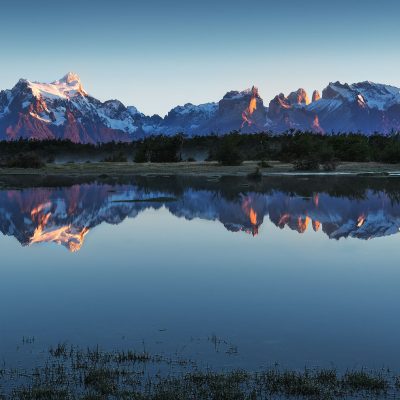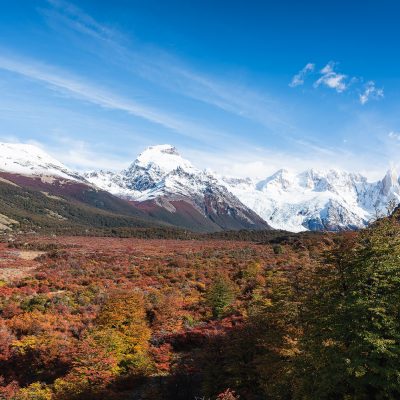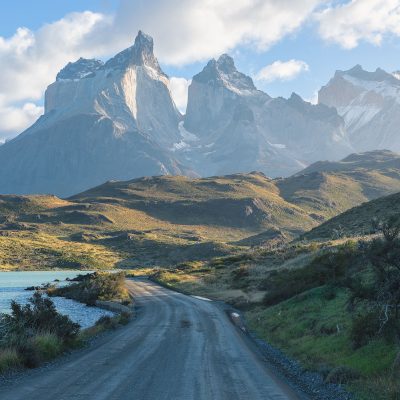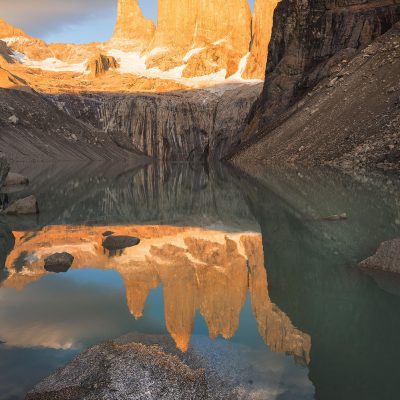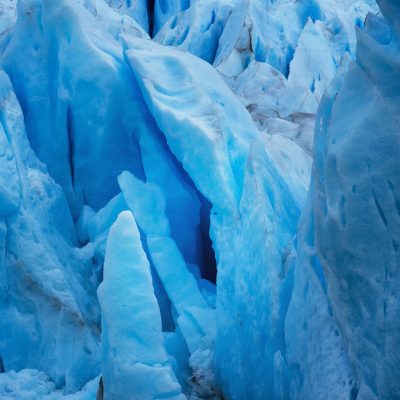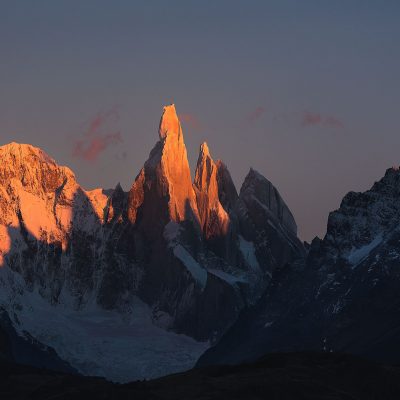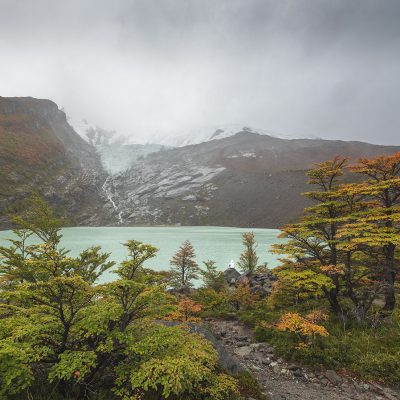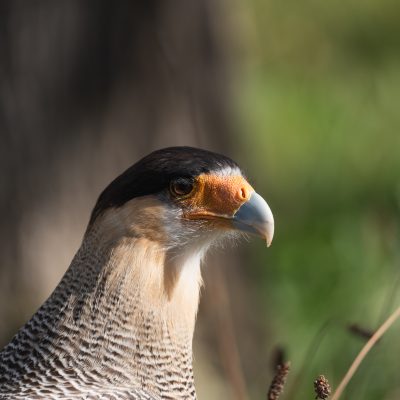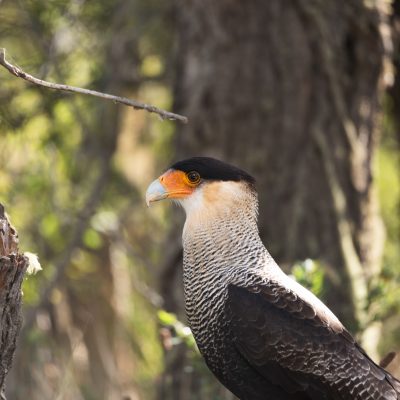Briefly about Patagonia
This region, shared across Southern Chile and Southern Argentina, is full of nature jewels: rugged peaks, the second largest ice field in the world and a very diversified wild fauna. Patagonia is also well know for its unpredictable weather where you will encounter: intense rain fall, snow during summer, warm sunny day with clear sky or strong wind. And sometimes, all of these in the same day! Although this, Fall in Patagonia is particularly one of the most beautiful season to visit. This is when the vast forests and bushes are turning their leaves red and gold. Which contrasts with some fresh snow that may fall and covered the higher part of the mountains.
Thus, with shorter daylight than during summer days, and because of the all-time changing weather, light is constantly changing. Fall offers endless photographic compositions for landscape scenery, especially in the dramatic mountains range of Fitz Roy and Cerro Torre for the Argentina’s part, or Cordillera Paine for the Chilean’s side. All being part of the Andean Ridge. To sum up, Patagonia, is land of the wild with nature at its finest.
El Chalten village, at the base of Fitz Roy mountain range is the perfect point of reference for hiking lovers. From small easy day hike of few hours to more challenging multi-days trekking. Everyone gathering to El Chalten is looking for adventures. With the sun enlightening the mountains range at sunrise, this place is very interesting for photographer who doesn’t mind to wake up early. But be careful of the clouds, here they may ruin or delight a sunrise in a blink!
Of course Patagonia is mostly well-known for its beautiful landscape, but wildlife in also very noteworthy. The most common animal you will encounter, sometimes along the roads, are guanaco. In case you look up carefully at the sky, you may have the chance to admire the largest flying bird in the world: the Andea Condor.
Not only this, but with being even more lucky, you may encounter pumas, especially in Torres del Paine National Park which is home for a lot of their prey. Sometimes considered as the lion of the Andes, this protected by the law animal is very shy, solitary, teritorrial and avoid humans. Adding the rough conditions for visitors are low, and their coats pale sandy grey enabling them to camouflage well in Patagonian steppe, this results in a rare encounter.
Places featured in this album
- Argentina:
- Perito Moreno Glacier, which is part of Los Glaciares National Park
- Laguna de los Tres and Fitz Roy mountain
- Laguna Torre and Cero Torre mountain
- Lago Desierto sector
- Laguna Capri
- Chile:
- Mirador base las torres
- Laguna Grey
- Torres del Paine National Park
What to bring and recommended equipment
- Any camera, with a preference for DSLR camera
- I strongly recommand a tripod is a must have in Patagonia, conditions (windy) are rough and it may be easy to miss the shot without a tripod. A remote release will be handy.
- A wide angle lense like 14-24mm or 16-35mm for scenery in the mountains or around lakes and rivers or huge glacier walls. This kind of lense is also very useful when composing with nice alpines flowers or bushed as a foreground.
- A standard zoom equivalent to 24-70mm. Some location will be better highlighted with a longer mid-range zoom like this one.
- Another lens I kindly recommend is a telezoom like 70-200mm or more. Mountains offers endless composition possibilities, with this kind of zoom you will be able to isolate elements of the landscape. Also, wildlife is very diversified in Patagonia and you will be able to capture wildlife scenes with it.
My setup used for this collection
- Nikon D750
- Benro TMA28C + B2 ballhead
- Sigma 14-24mm F/2.8
- Tamron 24-70mm F/2.8
- Tamron 100-400mm F/4.5-6.5
For more information about Patagonia or any other inquiries please use the contact page





